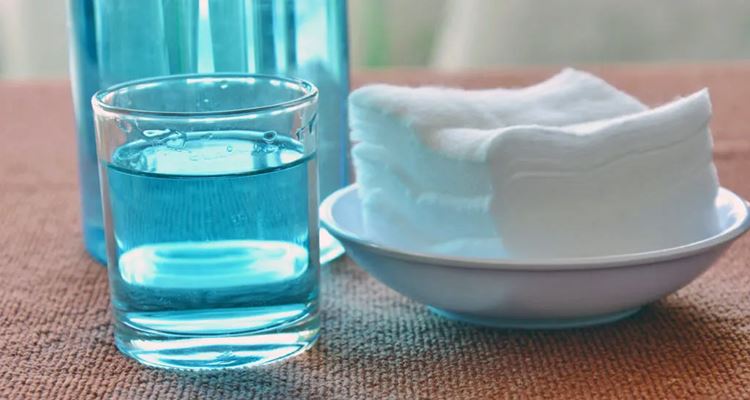Here are some hydrogen peroxide uses, side effects, and more.
HYDROGEN PEROXIDE USES – These are the different ways how to safely use hydrogen peroxide, a common ingredient in many products.
Products like bleaches, dyes, cleansers, antiseptics, and disinfectants all have hydrogen peroxide. Due to its antiseptic properties, many are considering it a staple in their medicine cabinet and first aid kit.

Depending on how it will be used, the concentrations are varied. 3% is the typical concentration for household products while 6–10% for some hair dyes and teeth whitening products. There is a 35% concentration of food-grade hydrogen peroxide which should never be consumed and a 90% concentration found in industrial products – an amount of concentration not intended to be used at home.
It has a chemical formula of H2O2, similar to water but the difference is that it has an extra oxygen molecule. This extra oxygen molecule acts as a powerful oxidizing agent.
Here are the various uses of H2O2:
- For kitchens like cleaning the dishwasher, scrubbing the sink, disinfecting counters and cutting boards, and taking away garbage germs.
- For the bathroom, deep clean the toilet, make mirrors and glass surfaces shine, kill mold and mildew, and many others.
- It can also be used in doing laundry such as removing stains.
Meanwhile, although the Food and Drug Administration (FDA) has noted that this is “generally recognized as safe” for humans at low doses, they advised people to be careful because it may cause irritation, burning, and blistering on the skin.
If you’ve breathed it in in a high concentration, it can lead to irritation of your airways, tightness in the chest, hoarseness, or shortness of breath. And if swallowed, one may likely suffer from vomiting, inflammation, or damage to hollow organs.
READ ALSO:
- How To Relax – What To Do When You’re Feeling stressed Out
- Potassium Normal Value – What Is The Normal Value Of Potassium?
What can you say about this? Let us know!

